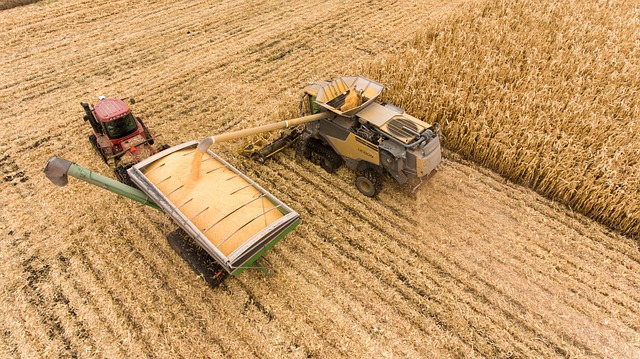In today’s world, the need for sustainable practices has never been more pressing, especially in the realm of agriculture. One of the key players in this sustainability movement is bioenergy, a renewable energy source derived from organic materials, such as plants, agricultural waste, and animal manure. As we delve into the monumental role of bioenergy in agriculture, it becomes clear how it significantly contributes to both transport sustainability and rural development.
Transport sustainability is a critical issue as the transportation sector is one of the largest contributors to greenhouse gas emissions. In many rural areas, farmers and transport services rely on fossil fuels for moving goods to markets or processing facilities. By integrating bioenergy into these operations, we can significantly reduce our carbon footprint. Biofuels, created from crops such as corn or sugarcane, can power vehicles, providing a clean alternative to traditional gasoline and diesel. In regions where transportation options are limited, the adoption of biofuels not only benefits the environment but also enhances energy independence, making rural communities less reliant on imported fuels.
Moreover, the production and use of bioenergy foster rural development. When farmers turn to bioenergy, they are not just producing crops for food but also cultivating energy resources. This dual purpose creates new revenue streams and job opportunities within local communities. For instance, by growing dedicated energy crops, farmers can supplement their income while managing their land more sustainably. Biomass facilities, which convert organic materials into energy, create jobs in rural areas, rejuvenating local economies. This agricultural transformation leads to a richer, more vibrant rural landscape, capable of supporting diverse livelihoods and enhancing the quality of life.
Additionally, the use of bioenergy aligns with the global goal of reducing reliance on fossil fuels, promoting energy security, and addressing climate change. It ensures that rural areas can harness their natural resources while also engaging with global markets. As the demand for clean energy continues to grow, bioenergy can be a crucial player, providing not just environmental benefits but also helping rural communities thrive.
Furthermore, bioenergy can enhance agricultural resilience. With climate change bringing about unpredictable weather patterns and challenges, integrating bioenergy crops into existing agricultural systems can offer farmers greater flexibility. These crops can act as a buffer against fluctuating market prices while simultaneously contributing to soil health and biodiversity, essential factors for long-term agricultural sustainability.
As consumers grow more aware of where their food comes from and how it impacts the environment, the push for sustainable agricultural practices will only intensify. By embracing bioenergy, farmers can not only cater to this demand but also take a proactive stance in mitigating climate change effects. The integration of bioenergy into agriculture is not just about energy; it embodies a holistic approach to farming and rural development that prioritizes sustainability, resilience, and community empowerment.
Ultimately, the future of agriculture in rural areas hinges on innovative solutions like bioenergy that align economic viability with environmental stewardship. As leaders in sustainability, agricultural communities have the unique opportunity to demonstrate how rural development can flourish through responsible energy use and commitment to transport sustainability. With a collective effort, bioenergy can revitalize communities, enhance local economies, and pave the way for a sustainable agricultural future.




